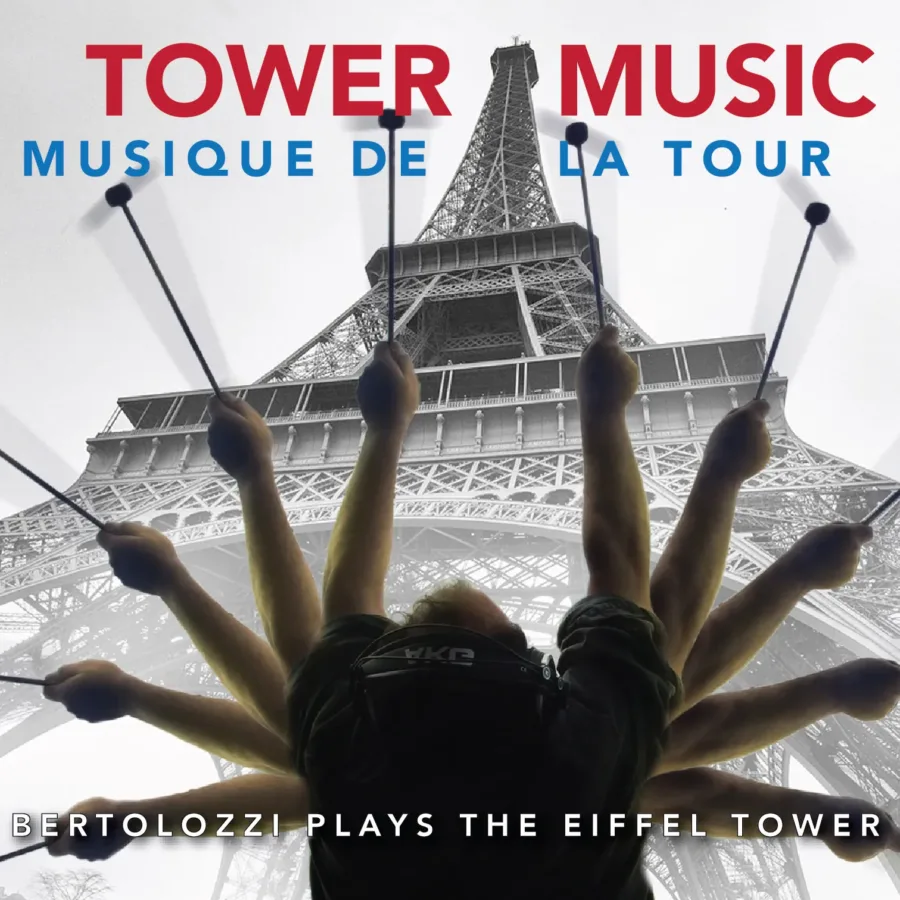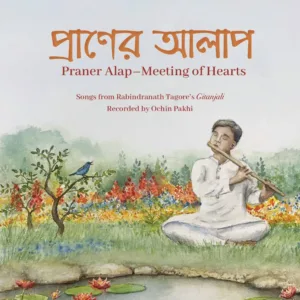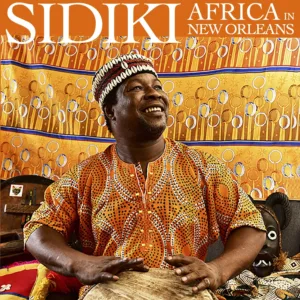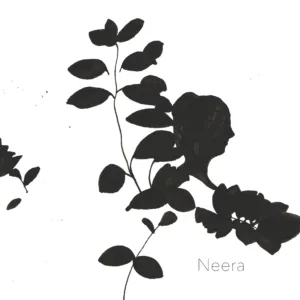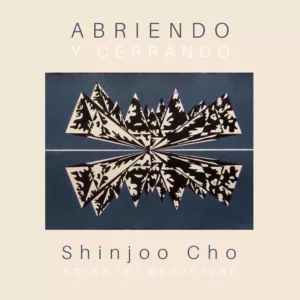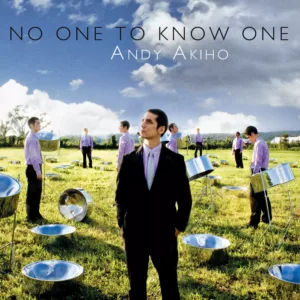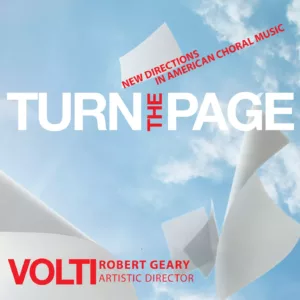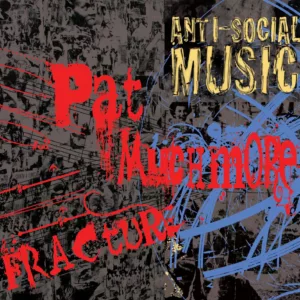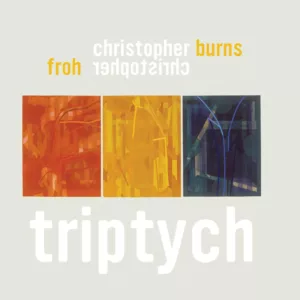BUFFALO NEWS
“[I]f you didn’t know where the sounds came from you’d hear a natural kinship with the tremendous “experimental” percussion music of the California school of American composers – Lou Harrison, Henry Cowell, John Cage and Harry Partch. You can call it “performance art” if you like and emphasize the music’s origins as one of the world’s greatest civic monuments but the music itself beautifully continues the tradition of percussion music created by some of the greatest 20th century experimentalists in American music (and the Javanese gamelan music which inspired them as well as Claude Debussy.) Bertolozzi performs such works all over the world on bridges etc. A delightful musical figure.” [FULL ARTICLE]
—Jeff Simon
,
Tower Music is a 21st-century homage to the Eiffel Tower, to the Exposition Universelle of 1889 and to Paris itself. Joseph Bertolozzi presents us with an acoustic version of a deck of old photographs, movie posters, and postcards related to Paris and the Tower. Once again, as in Bridge Music (2008) the composer uses the substance and structure of an engineering marvel to create a unique sense of place. This sound creation can only be realized through the resonances of the Eiffel Tower itself. It is intrinsically of the Eiffel Tower.
Tower Music masterfully combines the Baroque development of the dance suite with Romantic notions of the character piece, short piano works or collections of works that use musical pitches to create various moods or to depict scenes. In this way the work owes much in spirit not only to the Ordres of François Couperin’s early 18th-century harpsichord works but also to the piano preludes of Claude Debussy. However, this is only in spirit. The individual movements are part dances, part miniature tone poems. Tower Music transcends Modernist notions of the high art or “classical” music being separate from the notion of music itself—apart from the popular music of daily life. The listener can hear major and minor pentatonic melodies, some evoking folk tunes that seem familiar but others, especially in percussive style, that relate to the Javanese gamelan—the gong orchestra—that appeared at the Paris during the Exposition, whose sounds inspired Debussy. At times the stately gongs catch fire and link themselves to the more passionate Balinese or Vietnamese tradition. Sometimes we hear waltz-like carousel melodies accompanied by ascending and descending arpeggios and at other times familiar tunes that have a particular Parisian cabaret flavor. In “Ironworks,” for example, the composer uses the son clave, an Afro-Caribbean beat of 3+3+4+2+4 found in much 20th-century music, from early New Orleans jazz to the beguine of the North American outre-mer to the so-called Bo Diddley beat of early rock and roll. But the listener can also hear hints of the ubiquitous rhythms of today’s EDM (Electronic Dance Music) as the disc jockeys pound out their synthetic patterns.
Tower Music is a tour de force of Postmodern culture. It is both specific in its creation and general in its references. It alludes to times and places far beyond one specific world’s fair. It works on the imagination, fully encompassing a history and tradition redolent of France, Paris, and the Eiffel Tower.
— Andrew Tomasello
